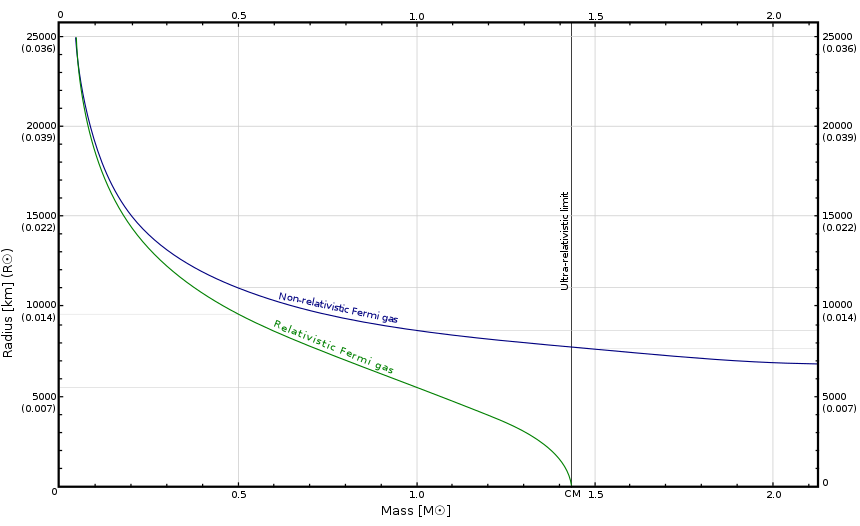Dictionary of Space Concepts
Welcome to the Dictionary of Space Concepts
What is the Dictionary of Space Concepts?
The Dictionary of Space Concepts (DSC) is a project by UNIVERSEH – the European Space University of Earth and Humanity. Starting in 2020, this Alliance of five European Universities decided to launch an online dictionary dealing with terms and concepts related to space sciences. It should be created and used by students, lecturers, researchers and citizens alike.
After an initial planning phase, the DSC was published in spring 2022. It opens up several opportunities for all members of the UNIVERSEH Alliance and interested citizens to contribute to the content of the DSC.
In our course "Terms and Concepts of Space", students learn how to write a dictionary article and later on contribute several entries to the DSC.
Special | A | B | C | D | E | F | G | H | I | J | K | L | M | N | O | P | Q | R | S | T | U | V | W | X | Y | Z | ALL
C |
|---|
Chandrasekhar limit | |||
|---|---|---|---|
 Creator : Unknown Year: (n.d.) Title of image: White Dwarf Mass-Radius Relationship Description of image: Graph illustrating the mass-radius relationship of white dwarf stars Retrieved from URL: https://upload.wikimedia.org/wikipedia/commons/thumb/1/14/WhiteDwarf_mass-radius_en.svg/860px-WhiteDwarf_mass-radius_en.svg.png Definitions
Sample Sentence(s)
Author : Staff, Space.com Year: (n.d.) Title of the article: Chandrasekhar Limit: Definition, Facts & Equation Title of the Website: Space.com Retrieved Date: May 29, 2023 URL: https://www.space.com/chandrasekhar-limit
Translations of Terms/Concepts into Partner Languages
Additional Translations of Terms/Concepts into Other Lang...
Links to Videos/Articles:https://www.toppr.com/guides/physics/astronomy/chandrasekhar-limit/ Author(s): Unknown Year: (n.d.) Title of the article: Chandrasekhar Limit Title of the Website: Toppr.com Retrieved Date: May 29, 2023, URL: https://www.toppr.com/guides/physics/astronomy/chandrasekhar-limit/
| |||
ClearSpace-1 | ||
|---|---|---|
 Source: ESA - ESA commissions world’s first space debris removal Definition:ClearSpace-1 is a mission targeting the removal of the Vega Secondary Payload Adapter (Vega) which is planned for launch in 2025. The mission is brought forward as a service contract with a startup-led commercial consortium, to help establish a new market for in-orbit servicing, as well as debris removal. The ClearSpace-1 ‘chaser’ will be launched into a lower 500-km orbit for commissioning and critical tests before being raised to the target orbit for rendezvous and capture using a quartet of robotic arms under ESA supervision. The combined chaser plus Vespa will then be deorbited to burn up in the atmosphere. Etymology:Sample Sentences(s):Translations:
Links to Videos/Articles:ESA - ESA commissions world’s first space debris earth observation for sustainable development (esa.int) removal | ||
Comet | ||
|---|---|---|
Source: Hassell, E. (2020, July 16). Comet NEOWISE over Queen Valley. flickr. https://www.flickr.com/photos/115357548@N08/50120466697 Short Definition: Detailed Definition: comet – Greek - koman (κομᾶν) - to wear the hair long Sample Sentence(s): French: German: Polish: Swedish: Spanish Links to Videos/Articles: | ||
Constellation | ||||||||||
|---|---|---|---|---|---|---|---|---|---|---|
Term/Concept: constellation Image/Video/Audio:  Term/Concept: constellation Image/Video/Audio: Image/Video/Audio Source: Sullivan, R. (2017, June 12). Constellations map. flickr. https://www.flickr.com/photos/47430793@N08/35249283965 Short Definition:
Detailed Definition:
Etymology:
Sample Sentence(s):
Translations of Terms/Concepts into Partner Languages [Multiple fields for entering the translation of the term in each partner language, additional languages can potentially be added, e.g. Russian, Chinese, Portuguese] French:
German:
Polish:
Swedish:
Links to Videos/Articles:
| ||||||||||
Copernicus Programme | |||
|---|---|---|---|
Definition:A European Earth observation programme aiming at monitoring land, atmosphere and the marine environment, supporting emergency management, ensuring civil security and mitigating the consequences of climate change. The programme was officially established in 2014 by the European Commission and the European Space Agency, serving as a successor of the project GMES (Global Monitoring of Environmental Security), which has existed since 1998. Copernicus Programme utilizes the Sentinel missions for surveillance and observation of land, ocean and atmosphere, as well as a range of contributing missions organized by various countries.Etymology:The programme is named after Nicolaus Copernicus, who was a Renaissance scientist and the author of the heliocentric model of the Universe. Translations:
Links to Videos/Articles:
https://www.esa.int/Applications/Observing_the_Earth/Copernicus/Europe_s_Copernicus_programme https://www.copernicus.eu/en/copernicus-services | |||
Cosmic rays | ||
|---|---|---|
 Short definition: Cosmic rays are high energy particles that travel through space at nearly the speed of light. Most cosmic rays are represented by atomic nuclei stripped of their atoms. Detailed definition: Cosmic rays were discovered by Victor Hess in 1912. They originate from the Sun, from the Milky Way, and from distant galaxies. Most cosmic rays (89%) are protons of hydrogen, but some of them are nuclei of helium (around 10%) and other, heavier nuclei. Only about 1% of cosmic rays are lone electrons. Once a cosmic ray reaches the Earth’s atmosphere, it collides with other atoms there and bursts them into different particles, namely pions, muons and neutrinos. Etymology: Cosmic comes from Ancient Greek κόσμος (kósmos, “order, proper order of the world”). The term ray likely arose because cosmic rays were initially believed to be electromagnetic radiation. Sample sentence(s): Cosmic rays follow convoluted paths and arrive at the top of the Earth’s atmosphere from all directions. Translations: French: Rayonnement cosmique German: Kosmische Strahlung Italian: Raggi cosmici Polish: Promieniowanie kosmiczne, promienie kosmiczne Swedish: Kosmiska partiklar Links to Videos/Articles:
Cosmic Rays - Introduction. (n.d.). https://imagine.gsfc.nasa.gov/science/toolbox/cosmic_rays1.html
Vox. (2019, August 30). The mysterious rays shooting at us from space [Video]. YouTube. https://youtu.be/Z9gQLELtbhg | ||
Cosmochemistry | ||
|---|---|---|
Short Definition:The chemistry of cosmic objects or the chemistry of objects in space, such as the chemistry of the Moon, Mars, the Sun, asteroids, quasars, etc. and their effects on each other. Detailed Definition:
Cosmochemistry is the study of the chemical compositions of matter in the universe and the processes that led to those compositions. Cosmochemistry is primarily done by studying the chemical compositions of cosmic objects or the chemistry of objects in space. For example, carbonaceous meteorites were among the earliest formed bodies in the solar system. Their organic carbon is an indicator of chemical processes that occurred before the dawn of life on Earth. By studying carbonaceous meteorites and the origin and fate of their organic compounds, we begin to understand the general process of chemical evolution of organic molecules from interstellar space. Cosmochemistry also advances our knowledge of the physical and chemical processes in the distant past that might have had a significant role in the development of life in the universe.Etymology:Cosmo = kosmos (latin) + Chemistry = Alchemy (Greek), khēmia (Egyptician) Sample Sentence:“The spectral research on sulphur-containing radicals is of great significance in many fields such as atmospheric chemistry, combustion chemistry, cosmochemistry and so on.” Translations:
Links to Videos/Articles:
| ||
Cosmos | ||
|---|---|---|
Image: Source: Short Definition: The concept of an organized system with pattern and order in the universe. Detailed Definition: The idea of the physical universe as a whole system, one having order and pattern. The understanding of the cosmos has been evolving with new discoveries about the universe. This leads to the definition of cosmology as the history of the study of the cosmos as a whole. Etymology: Cosmos comes from the Latin Kosmos, which means order or world. Sample Sentence(s): The cosmos may now be represented digitally by scientists. Scientists are hunting for hints as to how the universe came into being. Translations of Terms/Concepts into Partner Languages French: cosmos German: Kosmos Polish: kosmos Swedish: kosmos Links to Videos/Articles: https://www.nationalgeographicla.com/cosmos https://www.researchgate.net/publication/363520256_The_Infinite_Cosmos_Ebo_S | ||
Crater | |||
|---|---|---|---|
 Dedal crater on the Moon Source: https://commons.wikimedia.org/wiki/File:Moon_Dedal_crater.jpg Short Definition: An impact crater is a circular depression in the surface of a solid cosmic body shaped by the hypervelocity collision of a smaller object. Impact craters are the major geographic features on a lot of solid Solar System objects, including the Moon, Mercury, plus the majority of small moons and asteroids. Detailed Definition: An impact crater is a circular distortion on the surface of a celestial body caused by the collision of a meteorite, asteroid or comet. Craters are the most common features of the exterior of rocky and rock-ice bodies in the Solar System. The observed number of craters contains data about the age of the geological structure covered by them. Impact craters should be distinguished from similar structures of other origin, for instance, volcanic craters. Etymology: First coined in 1613, from Latin crātēr (“basin”) and from Ancient Greek κρᾱτήρ (krātḗr, “mixing-bowl, wassail-bowl”). Sample Sentence(s): "Because of the many missions studying Mars since the 1960s, there is good coverage of its surface, which contains large numbers of craters." Translations: French: Cratère German: Krater Polish: krater Swedish: Krater Links to Videos/Articles: | |||
UNIVERSEH is an alliance of:
All rights reserved. Funded by the European Union. Views and opinions expressed are however those of the author(s) only and do not necessarily reflect those of the European Union or the European Education and Culture Executive Agency (EACEA). Neither the European Union nor the granting authority can be held responsible for them.







